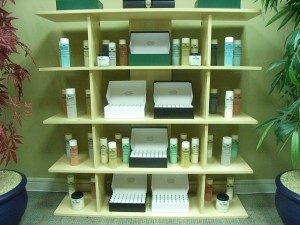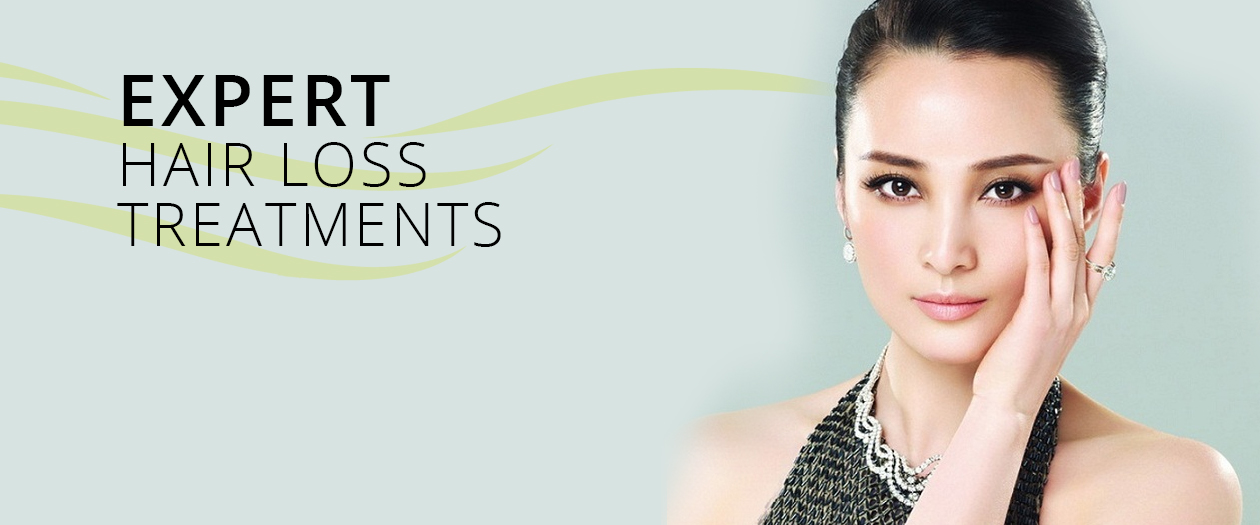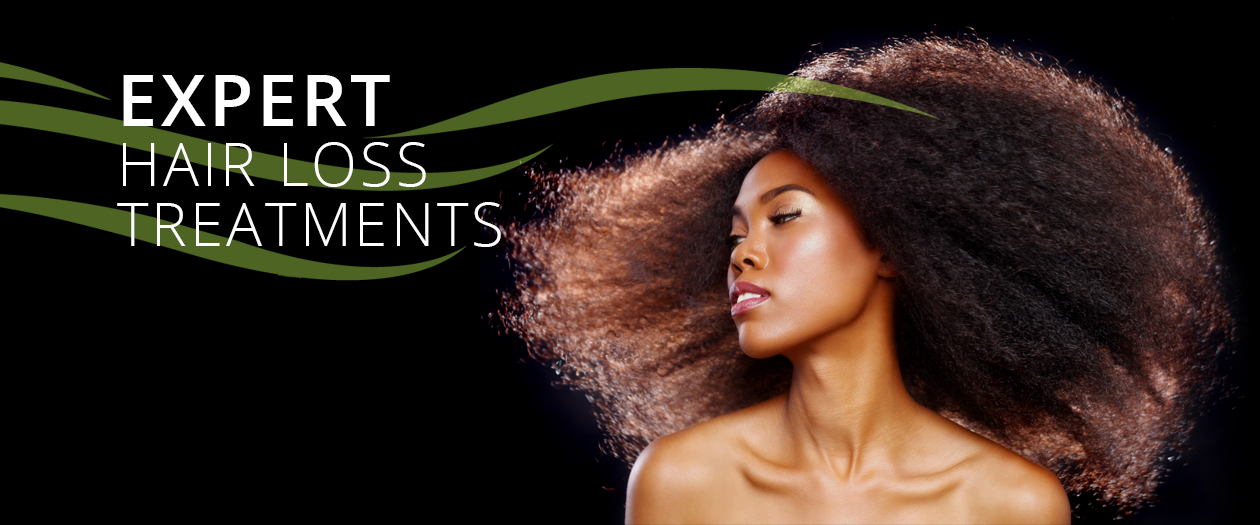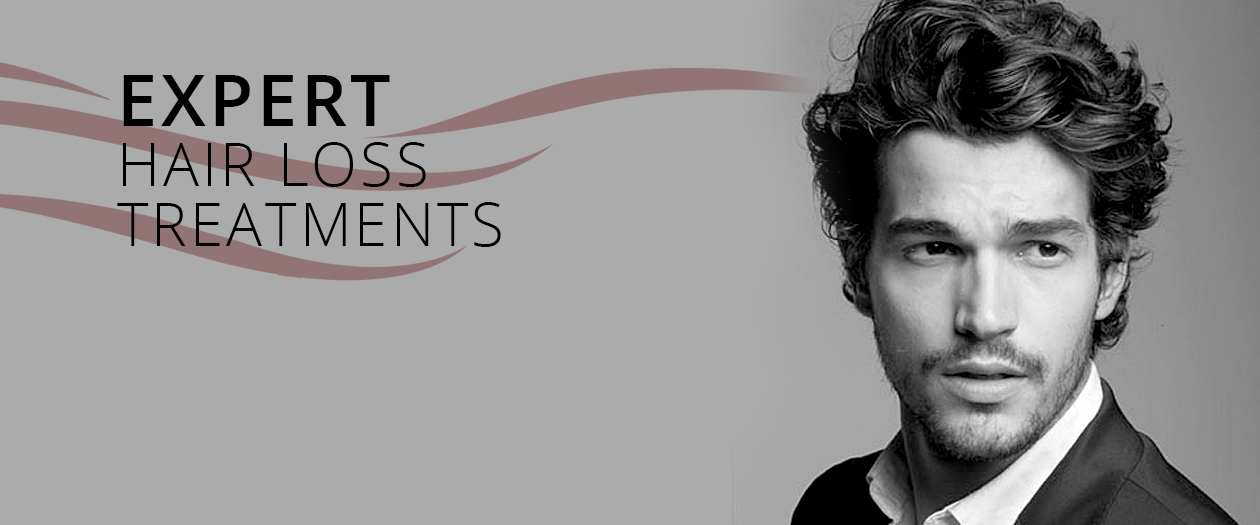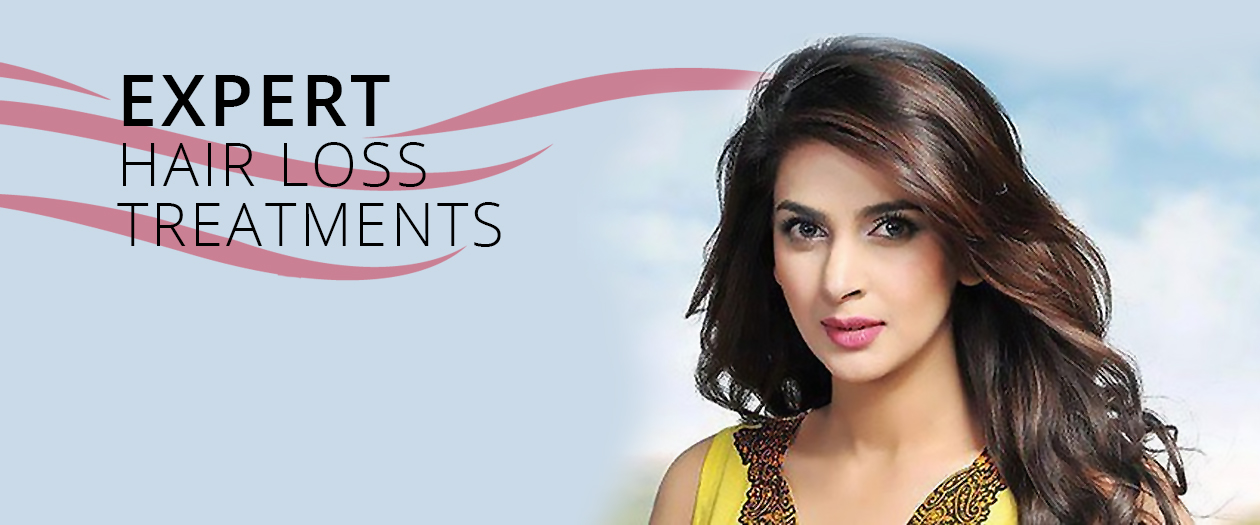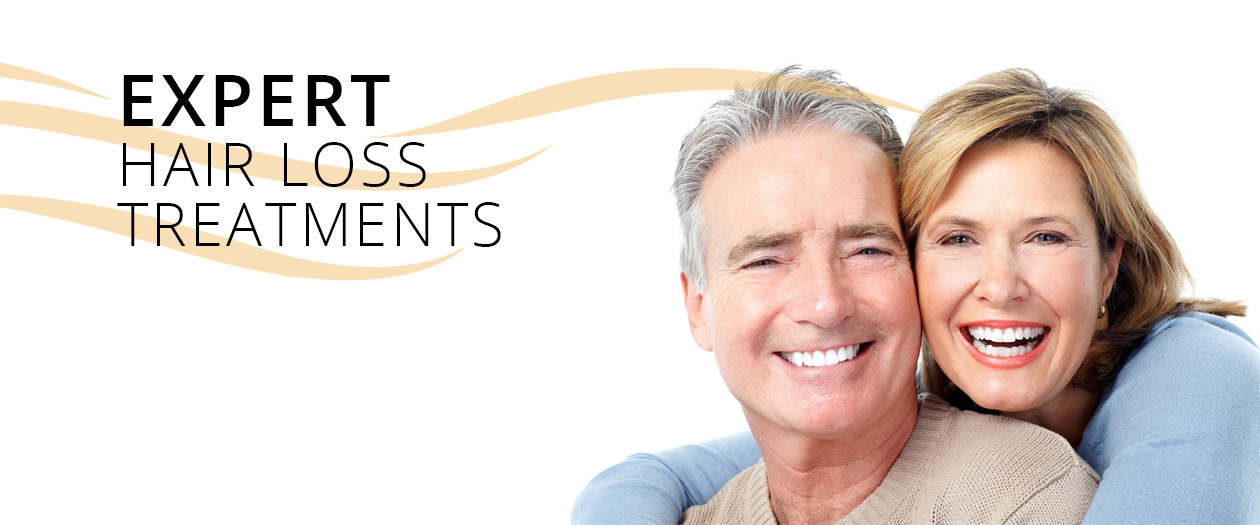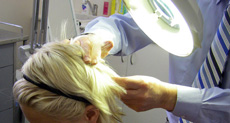08.10.2009
in TRICHOLOGIST
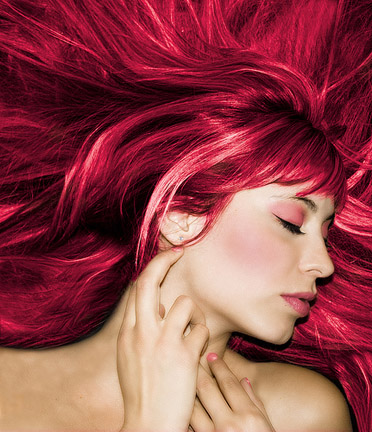
There are an infinite variety of hair colourant products available and the choice of which to use can be highly confusing. In many countries product labels are not very clear on the type of colourant that they contain.
There are five major categories of hair colour and it is vital to check upon which is which before using them.
The most simple of these are:
Water Soluble Rinses are applied to the hair after shampooing and conditioning and may come in either mousse or liquid form. These colours are left on and the hair dried as normal. They are water soluble inks which coat the hair surface. They are easily removable and need to be replaced each time the hair is shampooed. Unfortunately they can leave stains on towels and pillowcases.
The effect of water rinses is limited and serve only to slightly alter the colour and tone of the hair which is why they are sometimes referred to as toning rinses. Allergy to these products are extremely rare so generally they are harmless but don’t get caught in the rain!
Semi-Permanent Colours are stains which are usually shampooed into the hair, left on for a time and the excess rinsed off. Hairdressers often refer to them as herbal although they are the result of highly technical pigment laboratories.
Semi-permanent colours may tone down up to about 20% grey hair, give a warmer colour to mousy hair. Under normal conditions they gradually wear off after about four to six shampoos but may gradually build up with regular use. One point of interest is that they stain the outer layer or cuticle of the hair which normally contains no pigment. Because the added colour is left on the surface of the hair, the hair often appears brighter and more shiny which is why they are often referred to by hairdressers as colour ‘conditioners’. Some of them do also contain hair conditioning agents but not all.
These colourants are usually harmless and only rarely cause irritation or sensitivity. On the negative side they are often messy to apply, plastic gloves should be worn to prevent staining of the hands. If using them at home use an old or very dark towel as they can be very slow to wash out of fabrics.
Herbal Colours. Some years ago a long series of experiments were carried out using small hair swathes and volunteers to test every known herbal colour. When used on white hair they had not visual effect except for logwood (brown) and madder (purple-red) which frequently caused scalp irritation and scaling when used in the concentrations required.
Very concentrated solutions of various types of Chamomile were tried on ash blond hair as this was claimed to improve hair colour. Even after an hours immersion before drying, professional tinters could not tell the difference. Diluted lemon juice can sometimes cause the hair to look slightly more red. Strong or concentrated lemon juice will leave hair brittle due to its acidity and will lighten in combination with sunlight, a popular method in renaissance Italy.
Of all the herbal colours tested only HENNA made any worthwhile difference. Dried henna comes from the roots and leaves of the plant Hennara Lawsonis. Its active principle, Lawsone, is a resinous substance which has a strong affinity for hair proteins. Contrary to most uninformed opinion, henna is NOT good for hair and if used too frequently can cause dryness, dehydration and breaking. In herbal medicine henna is known as one of the most powerful astringents. It can only be removed gradually by using oils on the hair which act as solvents for the lawsone. Hair treated with henna should not be permanently waved as the absorption time of the perming lotion is increased so that processing takes longer and excessive chemical damage is caused to the hair.
If used four or five times a year, henna is unlikely to damage healthy hair and it is suggested that it is not used more often.
To create variations in shade, henna from different countries may be used.
Indian henna is deep red, Spanish henna is bright red and South American henna is aubergine in colour. Added lemon juice increases redness. Coffee, black walnut husks or even tealeaves will help to tone down the redness slightly. Obviously the final result depends on the natural base colour of the hair. On very dark hair the colour is only slightly warmer. On white hair a very unattractive orange colour is produced. Henna, like semi-permanent colours, stains the hair cuticle and although the hair may appear shinier, it does not have a conditioning action and is of no benefit to the health or texture of the hair, only the colour. There is also a system of hair colouring called Progressive Dyeing in which clear solutions of metallic salts are applied to the hair on a daily basis. These salts gradually absorb oxygen from the air causing chemical changes which produce a dark stain on the hair. Originally lead, bismuth, antimony, iron and silver. Many of these are toxic. Iron and silver salts are still occasionally used but because they react violently with modern permanent waving and tinting chemicals, and their use is not recommended.
Tinting and Bleaching. Tints and bleaches are the only colourant chemicals which react with the cortex or main body of the hair and must be used with very great care to avoid serious damage.
Tints are oxidising colours using para dyes, that is either Paratoluene Diamine or Paraphenylene Diamine. They are only activated in the presence of an oxidising agent usually a solution of hydrogen peroxide. These must be mixed together immediately before use and once mixed cannot be kept for future use.
Generally, if tinting hair lighter than the natural colour either a greater volume or more concentrated solutions of hydrogen peroxide are used. If tinting darker and to cover grey hair, either less peroxide or a lower volume of peroxide may be used. Peroxide strength is measured in volume of available oxygen dissolved in each centilitre of water in the peroxide solution.
The benefits of tinting are that complete coverage of grey hair is possible and that a great choice of colour is available either lighter, darker, warmer or more ash than the original colour.
Tints may fade but do not wash out. On the minus side they do leave hair dryer and more porous. The roots need to be re-tinted regularly as the hair grows, showing its natural colour. Ideally re-tinting should be done without overlapping already tinted hair to minimise the drying effect. Tints do fade more rapidly than natural hair in sunlight and as they are composed of a number of different pigments these do not fade at the same rate. By darkening grey or white hair, the colour may look too hard and not suit skin tones.
There is also a small but significant risk of developing an acute allergic reaction so it is sensible to do a small patch test by mixing a tiny quantity of tint with peroxide and applying it to the skin, either behind the ear or inside the elbow. Leave it on for thirty minutes before rinsing off thoroughly. The area should be examined after 48 hours and if any itching or redness, soreness or acute inflammation occurs DO NOT USE TINT ON YOUR HAIR EVER AGAIN. If nothing happen, and this is usual, it is safe to tint your hair. Ideally it is a good thing to do before every tint, although it may be a nuisance and the risk is admittedly small. Allergies may develop at any time and just because you may have been tinting your hair for many years is no insurance.
Bleaching. As the name suggests, involves using a bleaching powder usually alkaline mixed with hydrogen peroxide to oxidise the hair and remove part or all of its natural pigment. It is important to remember that dark hair is made up of red and yellow pigments and that simple bleaching can leave the hair carrot coloured or very yellow, depending upon the degree of lightening. If hair is bleached white, its structure will almost certainly be destroyed and will break off.
Changes in hair colour should never be too drastic as the greater the colour change, the greater the damage caused to the hair fibres and its elasticity will be severely reduced. Cosmetically the hair may not match the natural skin tones of the face and this can look very unflattering to the appearance. Fifty year olds can find that if they continue to tint their hair to its original dark colour this is too hard for the skin tones giving a very ‘washed out’ look. Hair that is strongly bleached tends to look very flat and uninteresting.
Highlighting and Lowlighting. Is the process in which fine streaks of hair are taken and either bleached or tinted. If carried out by experts, highlights can be used around the face to give softness and two or three different shades of tint can be used to add movement and interest to the hairstyle. Grey hair can also be disguised without being completely covered over. Due to the fact that only a portion of the hair is processed, any damaging or drying effects are greatly minimised, the colours are softer and more natural.
All of the chemicals used for bleaching or tinting hair are capable of causing damage and unless you are skilled at managing your own hair, it is a lot safer to go to a competent professional hairdresser or tinter. Although the chemicals used for ‘home’ perms and ‘home’ tints are slightly slower versions of the professional’s products, it must be emphasised that they are still dangerous chemicals which is why it is safer to leave these processes to professionals.
Do you have Hair Loss Problems, read our Hair Loss Help
